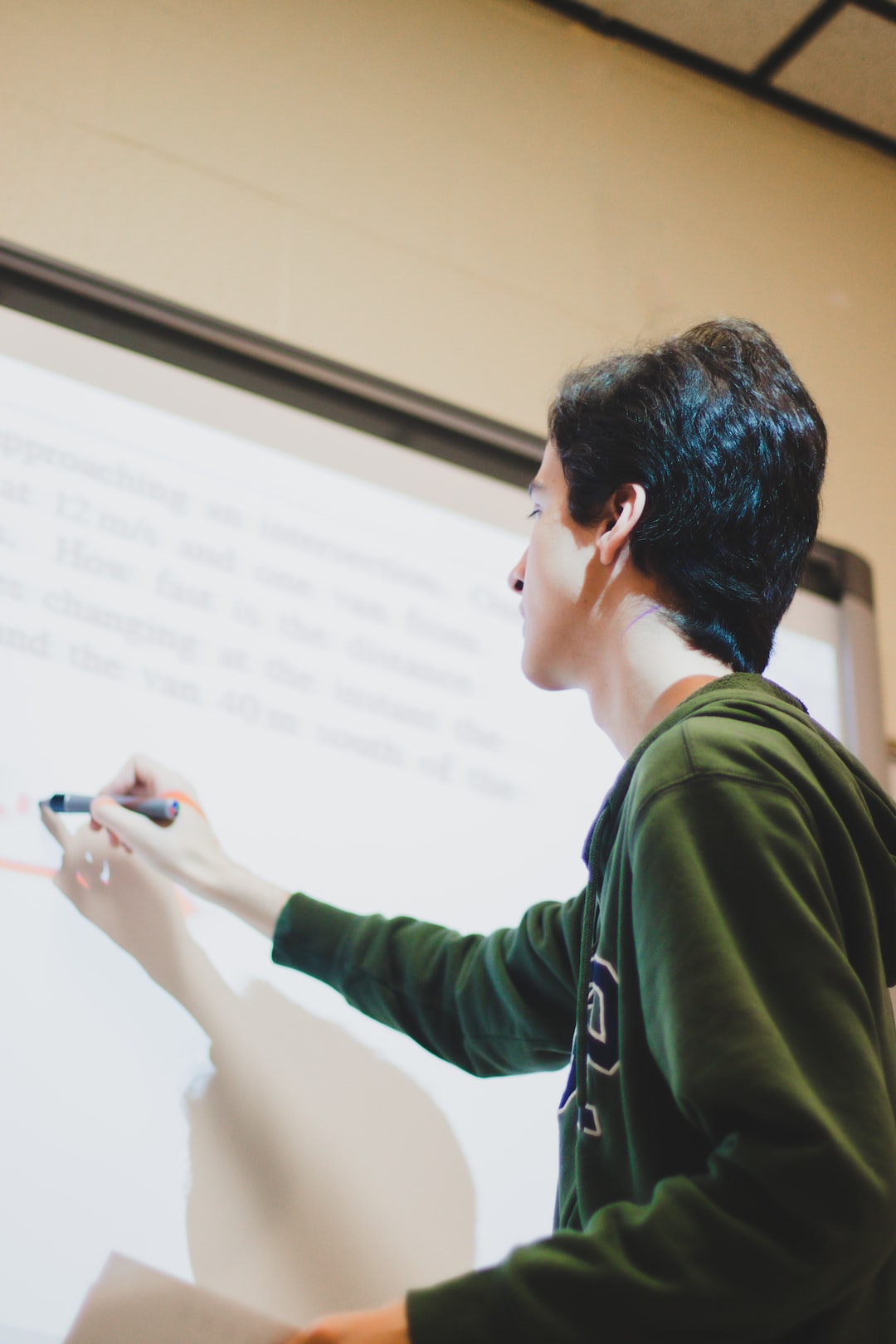Teaching Financial Literacy in Schools: Bridging the Gap
Financial literacy is the ability to understand and manage financial matters effectively. It is a life skill that plays a crucial role in everyone’s lives. Unfortunately, many individuals lack financial literacy skills, which puts them in financial difficulties. Although learning financial literacy starts at home, schools also have a vital role to play. By teaching financial literacy in schools, we can bridge the gap and create generational wealth.
Financial literacy education aims to equip students with financial skills that will help them make informed financial decisions throughout their lives. It includes everything from budgeting, saving and investing, to understanding credit and debt. A lot of students graduate from high school not knowing how to write a check or how to create a budget, which leaves them ill-equipped to face the real world. The truth is that financial decisions need to be made daily and starting from a young age can build healthy financial habits.
The first step in teaching financial literacy in schools is to make it a priority. Financial literacy should be incorporated into the curriculum, and students should be provided with resources and guidance to help them understand money and financial matters. Teachers play a crucial role in this process as they act as facilitators, guiding students through different financial concepts.
One strategy to teach financial literacy in schools is to make it practical. Rather than theoretical, teachers should organize practical activities that simulate real-life financial decisions. This can include budgeting simulations where students are tasked with creating and managing a budget for each month. It can also involve setting up a mock store where students learn how to make wise purchase decisions by comparing prices, reading labels and finding sales.
Another strategy is to bring in experts who can share knowledge and insights about financial literacy. These can include financial advisors, bankers, or entrepreneurs who can share their experiences and advice. Such people can also serve as mentors to students interested in pursuing careers in finance or entrepreneurship.
In recent years, financial technology (fintech) has transformed the way we handle money, and it has enhanced the way we learn about it too. Fintech solutions like budgeting apps, investment platforms, and digital wallets have made managing finances easier than ever before. This is why teachers should take advantage of these solutions to make the learning process fun and engaging for students.
Finally, it is crucial to understand that financial literacy education never ends. To keep up with changing financial landscapes, students need to be continuously provided with information and resources that keep them up to date on the latest financial trends, policies, and technologies.
In conclusion, teaching financial literacy in schools is critical to closing the gap and ensuring that students are equipped with the necessary financial skills to succeed in the real world. It starts with making it a priority, practical applications, inviting experts, utilizing financial technology and continuous learning. We owe it to the future generations to teach them financial literacy, and the best place to start is in schools.

